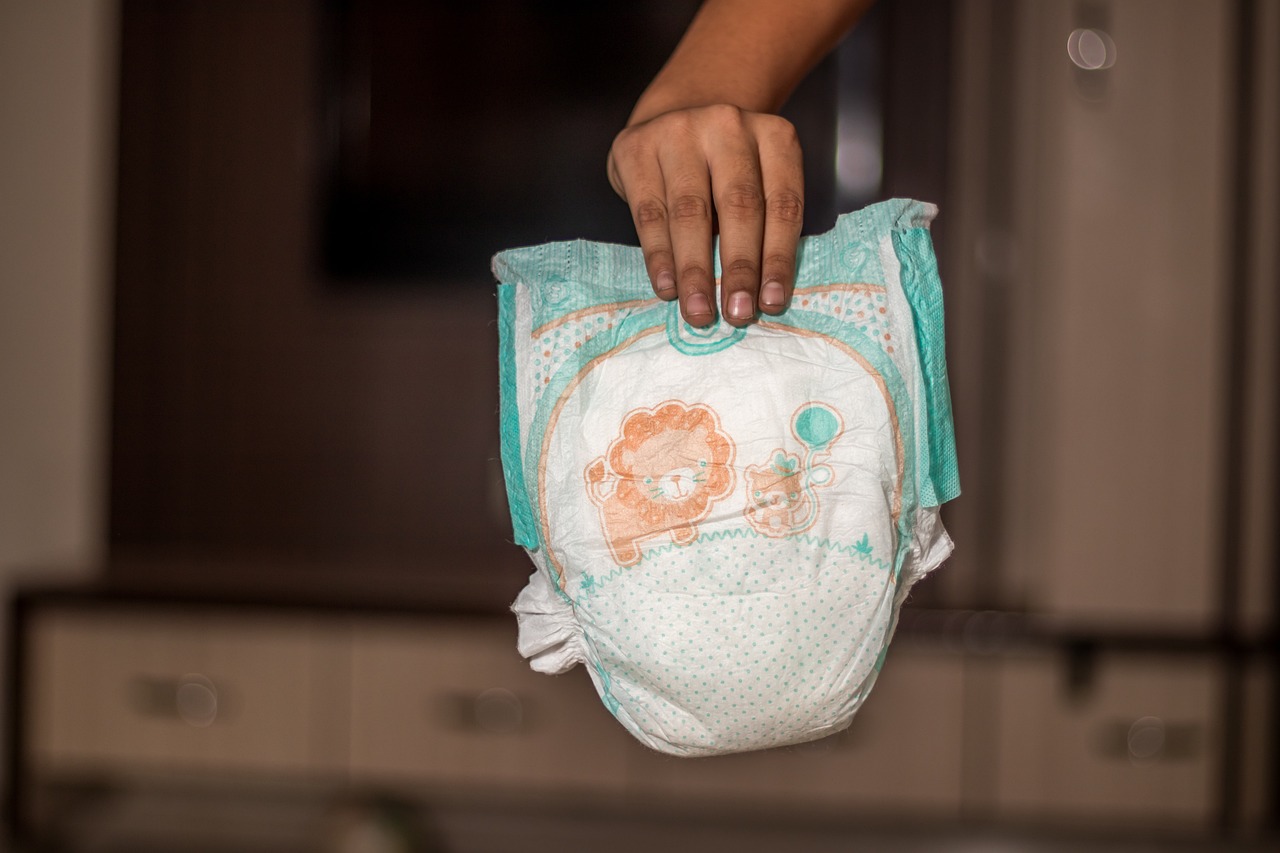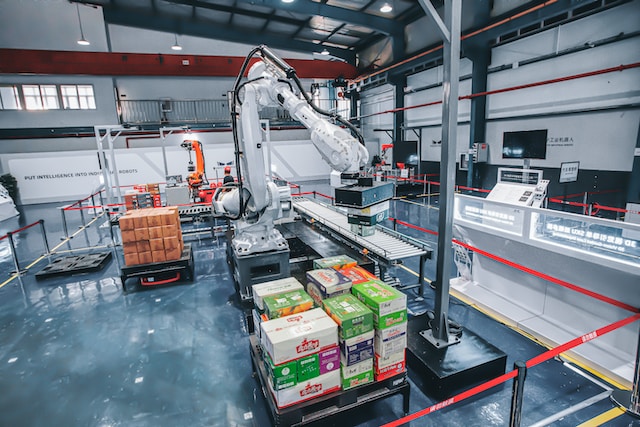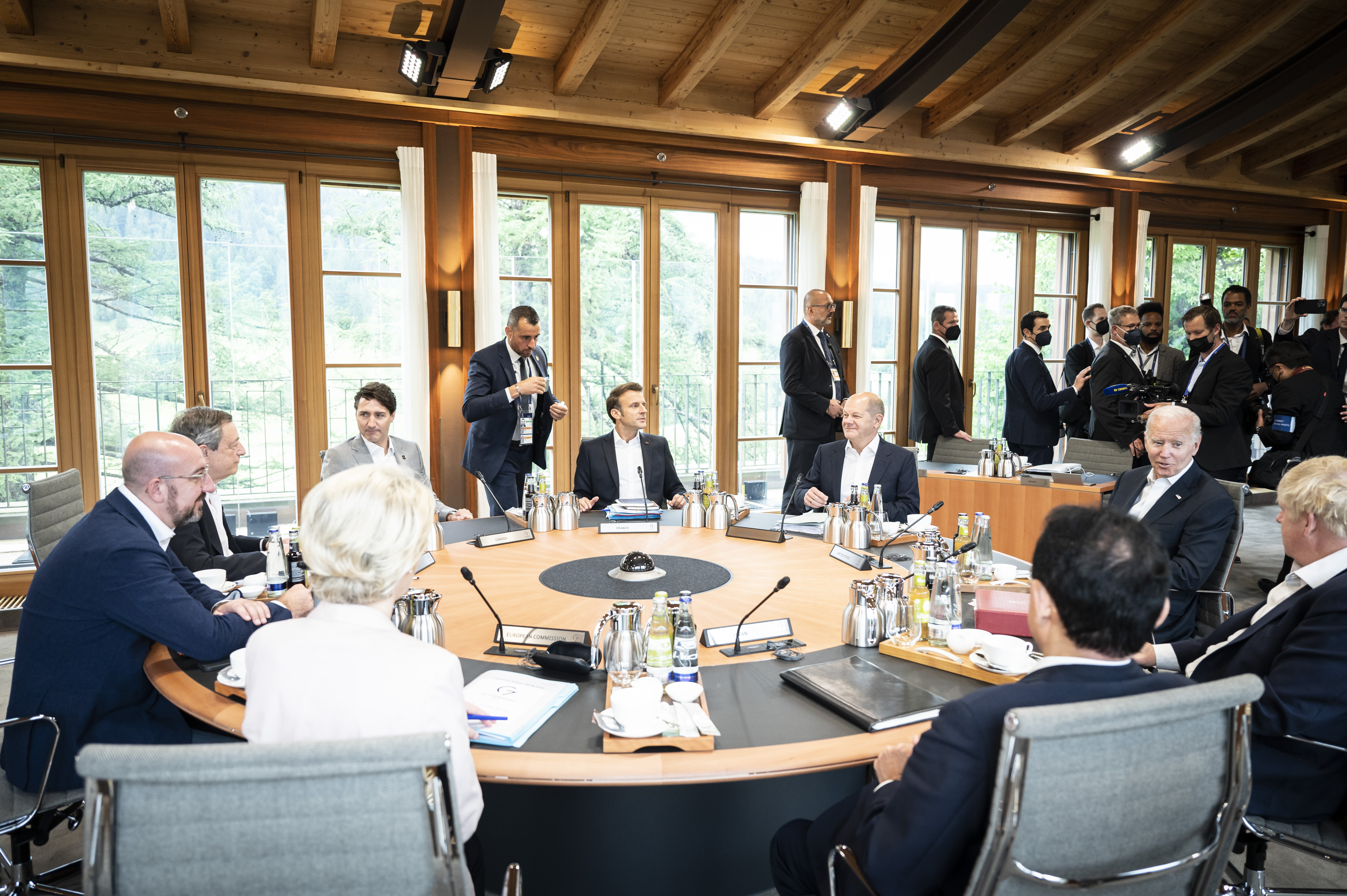According to the World Economic Forum’s Global Competitiveness Report, the United States is currently ranked 19th in the world for the quality of its infrastructure coming in behind Spain, Portugal and Oman. The US problem is so big that in just one city, Pittsburgh, there are over 4,000 bridges serving 9 million passengers a day to keep track of.
According to an Associated Press analysis of over 600,000 bridges, more than 65,000 were deemed “structurally deficient” and over 20,000 as “fracture critical” or in imminent threat of collapse.
According to a recent report by the American Society of Civil Engineers (ASCE) the United States gets a D+ to reflect the current state of the country’s infrastructure. Seemingly oblivious to the need for critical infrastructure investment, the US House recently submitted a budget cutting funding for transportation programs by $51 billion or 93%. In short, the US Federal Fund for road and bridge repair has gone broke.
To complicate matters, a large number of US lawmakers have not accepted the idea of “climate change”. According to scientists it is likely that the old and decrepit US infrastructure will fare far worse due to the expected increase in coming years of extreme weather events that will further compromise the roads, bridges, water pipes, levies and other critical infrastructure.
To be fair, ASCE reports that 90% of the $267 billion earmarked for public sector construction spending is for building schools, highways and waste disposal facilities at the state and local level so that the funds must be allocated by state and local governments.
Bad Infrastructure Threatens Jobs, Tax Base
ASCE reports that by 2020, the US will lose 700,000 jobs, and if infrastructure improvements aren’t made, 1.4 million jobs by 2040. Both foreign and domestic businesses will assess infrastructure, taxes and other factors in the US versus other destinations and begin making decisions to offshore new businesses.
Following is John Oliver’s sober take on the current state of US infrastructure.






